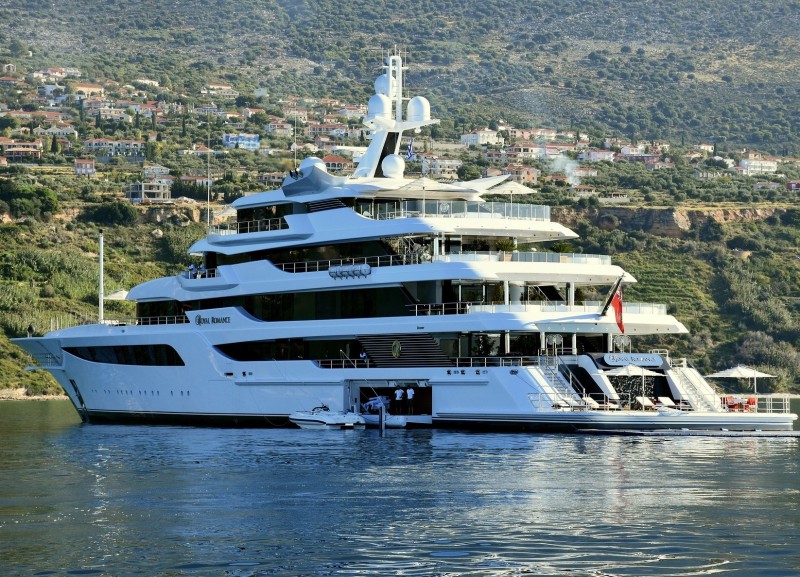ENG1 Medicals
Offering Wednesday Daytime Appointments and also Tuesday and Thursday Evening Appointments. The ENG1 certificate and ML5 certificate are issued on the day of the appointment.
Open up the calendar and book your Appointment via the link below.
CLICK HERE TO BOOK YOUR ENG1 AND ML5 APPOINTMENT
Our Medical Pactice address is: Occupational Health Doctor, 14 Curtis House, 34 Third Avenue Hove, BN3 2PD. Tel: 07403 517 721.
This cost for your ENG1 is £115.00 ( the £50 booking deposit will be deducted off this price)
Planning Your Journey.
Best ways of getting to the Medical Practice: A Train to Hove Train Station and then a 14 minute walk, or 4 minute taxi ride. A Train to Brighton Train Station and then a 7 minute taxi ride.
Trains from London Victoria to Hove or Brighton Train Station 67 minutes travel time.
Trains from Chichester Train Station to Hove Train Station 46 minutes travel time.
Coming by Car: There is a 4 story carpark 3 minutes walk from the practice. Address: Norton Road Car Park, Norton Road, Hove, BN3 2BE.
ENG1 Medical Certificate – What You Need to Know as a Future Seafarer
If you're planning a career at sea—whether on a commercial ship, a Superyacht, or any vessel operating in international waters—you’ll need to prove you’re physically and medically fit to handle life offshore. This is where the ENG1 Medical Certificate comes in. Your fitness may also need to be assessed separately via the Chester Step Test. This is required for all seafarers who are very overweight (that is those with body mass index (BMI) of 35 or above) and incurs an extra charge of £95.
What is the ENG1 Medical Certificate?
The ENG1 is a medical fitness certificate issued by doctors approved by the UK Maritime and Coastguard Agency (MCA). It ensures that seafarers are fit to work in conditions where immediate medical help is not available. Unlike a job on land, where an ambulance is just a call away, seafarers could be days from medical treatment. The ENG1 reduces risks by screening out health conditions that might lead to serious emergencies while at sea.
What is a Chester Step test?
This is a validated test of physical fitness and involves stepping up and down a 30cm step at increasing speed while your heart rate is monitored. This is not suitable for anyone with underlying heart condition and this should be discussed with the doctor in advance.
Who Needs an ENG1?
The ENG1 is mandatory for most crew working on vessels that travel beyond 60 miles from a safe haven, such as:
-
Superyachts (even private ones)
-
Merchant vessels
-
Offshore support vessels
-
Commercial ships
Those working on small commercial vessels operating within 60 miles of shore can use the ML5 Medical Certificate instead.
How Long Does It Last?
-
ENG1: Valid for 2 years
-
ML5: Valid for 5 years
If you’re starting a maritime training course, you don’t have to get the ENG1 before training, but it’s strongly recommended so you don’t hit issues when applying for sea-going roles.
Cost of the ENG1 Medical
The fee for the ENG1 is £115, set by the MCA. This is a flat fee across all approved doctors.
What Happens During the Medical?
An ENG1 exam takes 30 to 45 minutes and includes:
Personal Information & ID Check – Bring a passport or driving license, and your prescription glasses if you use them.
Conditions That Could Affect Certification
Most candidates pass without issues. However, the ENG1 is designed to keep everyone safe at sea, so certain medical conditions may result in restrictions or even a refusal of the certificate.
Conditions that may result in a Category 2 (restricted) or Category 3/4 (unfit) decision include:
-
Epilepsy or seizures
-
Heart disease, heart attacks, or strokes
-
Insulin-treated diabetes (Type 1 or 2)
-
Chronic lung disease or severe asthma
-
Hearing impairment that affects radio communication
-
Colour blindness, especially for navigation-related roles
-
Severe allergies, particularly those requiring an EpiPen
-
Mental health conditions, if unmanaged
-
Substance abuse or addiction
-
Side effects from medications that impair reaction time, alertness, or physical function
Certification Outcome Categories
-
Category 1: Fully fit with no restrictions (this is what most seafarers need)
-
Category 2: Fit, but with specific conditions (e.g., not allowed to operate machinery)
-
Category 3: Temporarily unfit (e.g., awaiting recovery or treatment)
-
Category 4: Permanently unfit for to work at sea
Doctors refer to MSN 1886, especially Annex A, which outlines how different medical conditions are assessed and what categories should apply.
What About the ML5?
If you're working on a small vessel close to home, like a sailing school boat, fishing vessel, or day charter, the ML5 is a simpler alternative and is valid for 5 years—but only for operations within 60 miles of land. The cost of the ML5 is £150.
Final Notes:
-
Book early – If you can as appointments do get booked up and you won't be able work with out one.
-
Plan around expiry – If you won’t go to sea right away, time your medical smartly, it's always get to get the medical before hand .
-
Choose ENG1 over ML5 if you want flexibility and career growth at sea
BOOK ENG1 AND ML5 APPOINTMENTS
Click here if you would prefer to book via the Cliniko Booking website >

